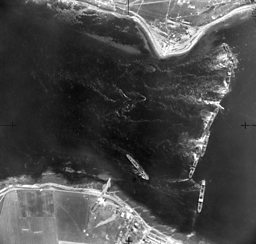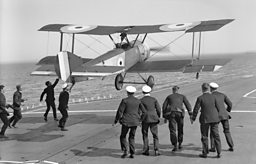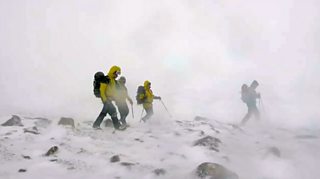The incredible story, told through archive photographs, of two industrialised superpowers’ fight in the North Sea a century ago

The battle for control of the North Sea during the First World War was a major factor in the power struggle to victory and was the main theatre of the war for naval action. Both German and British Navys were at the technical cutting edge of what was possible at sea, setting the stage for a series of battles that would test the resolve of both sides.
Scapa Flow in Orkney is the Northern Hemisphere’s greatest natural harbour and housed the British Grand Fleet. Navel bases in places like Rosyth and Invergordon also provided bases for warships to launch attacks. The battle of Jutland, the biggest sea battle of the war, was launched by Admiral Jellicoe's fleet from Scapa Flow and Admiral Beatty's battle cruiser force anchored in the Forth. Both were ordered to hunt down and attack the warships of Admiral Scheer’s Grand Fleet.






- Watch , the first episode of , on Â鶹ԼÅÄ iPlayer
Latest features from Â鶹ԼÅÄ Scotland
-
![]()
'Wild swimming helps me process the grief of losing my son'
The benefits of cold water therapy.
-
![]()
Winter adventures are appealing, but an expert advises caution
Trips in winter require particular knowledge and skills.
-
![]()
The rescuers: Why volunteers risk their lives in mountain emergencies
Landward meets members of the Cairngorm Mountain Rescue Team.
-
![]()
‘Look for the light’ – practical tips to help you through another winter with SAD
Useful advice and tips to combat low moods at this time of year.
-
![]()
How you could be a binge drinker without even knowing
Binge drinking is classed as fewer units than many people may realise.
-
![]()
How chocolate biscuits and drama classes helped one man leave prison behind
The healing power of creativity.
-
![]()
'When people believe in you, it’s life-changing'
Author Graeme Armstrong revisits the man who helped turn his life around.
-
![]()
The 'breath-taking' display of US birds swept on to British soil
Recent storms have brought rare birds to our shores.
-
![]()
Six things we learned about Alan Cumming on Take the Floor (Spoiler: includes accordions)
The actor spoke to Take the Floor's Gary Innes.
-
![]()
How street gangs trap young men in a dangerous cycle of violence
The almost inescapable pull of life in a gang.
-
![]()
Why stylist Gok Wan believes there's no such thing as bad fashion
The fashion expert says we should stop following rules and do what feels right.
-
![]()
Is sending a CV still the right way to apply for a job?
They've been central to job applications for years, but are they worth it?
















